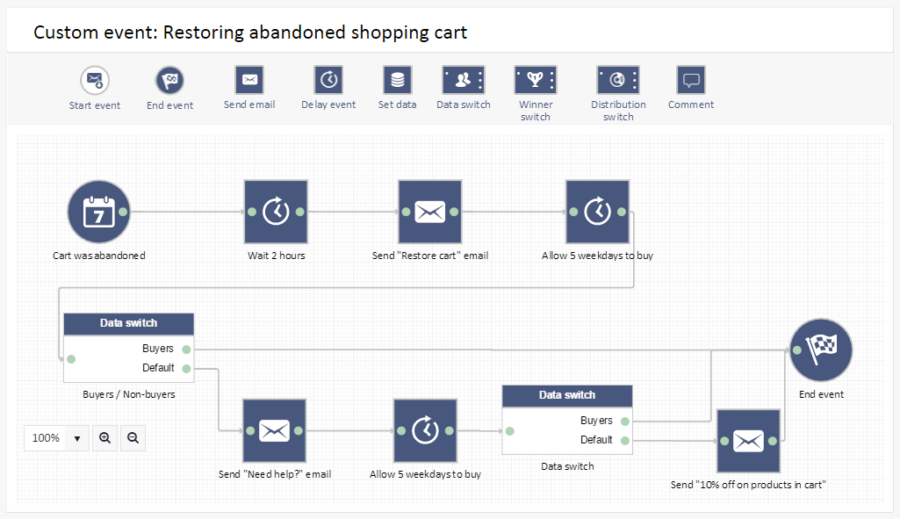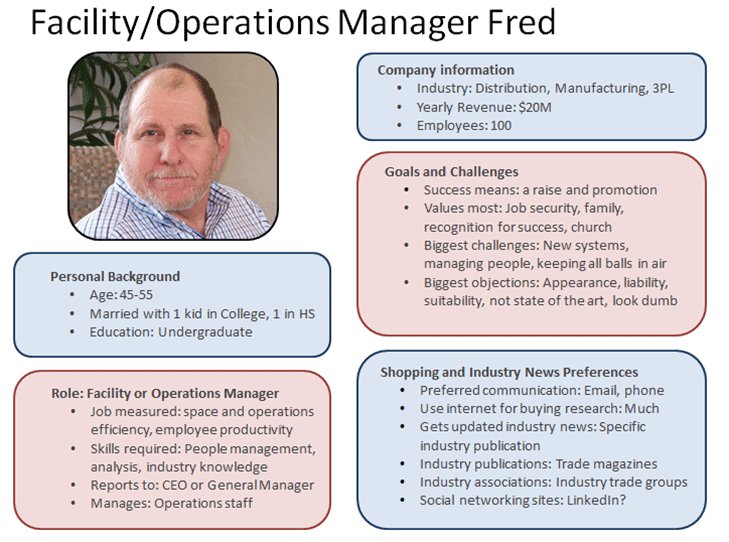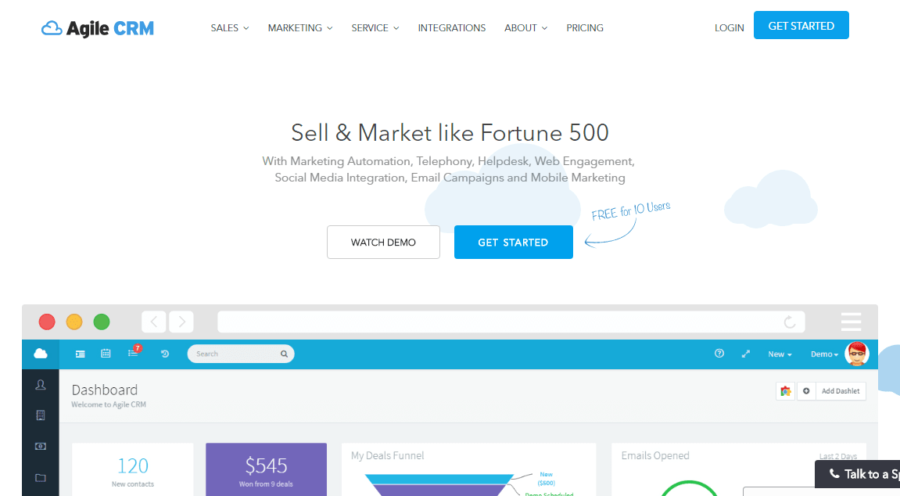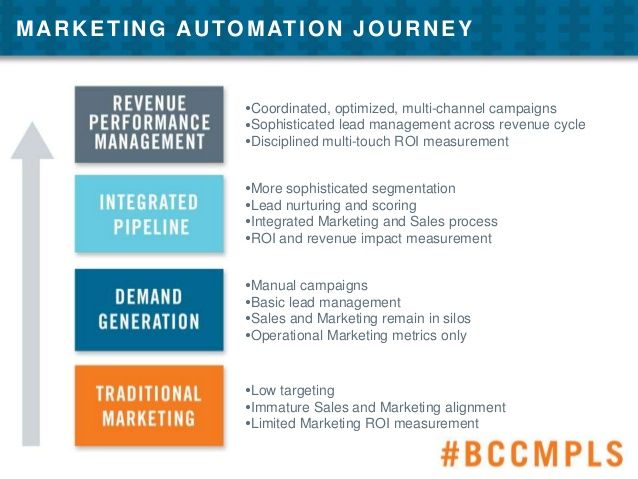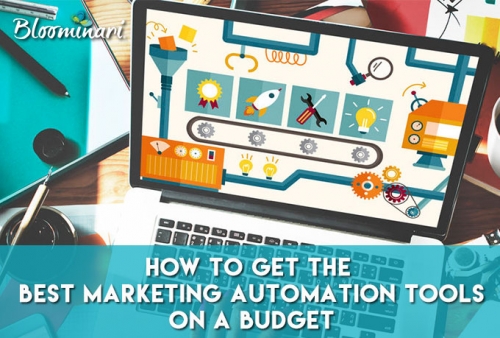
If you’re really excited about automating your business but you don’t have a big budget to invest in expensive tools out there, this article is for you.
Marketing automation is evolving very fast. According to a recent Clickz survey, “59% of Fortune 500 companies now use marketing automation along with 95% of SaaS-based companies.” About 26% of businesses extensively use marketing automation software to manage lead generation.
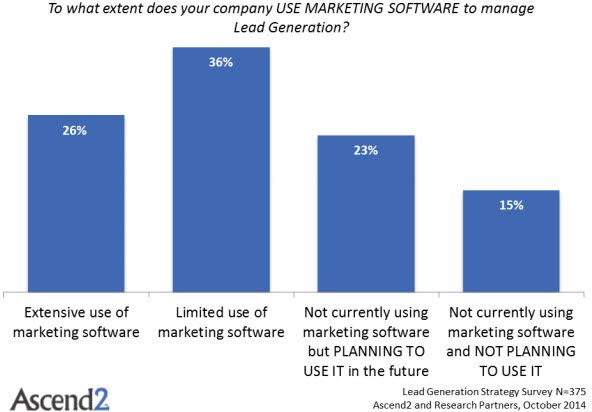
The truth is, automation is powerful enough to help you streamline your processes. It doesn’t matter your business model, once you’re able to implement it properly, you’ll acquire more leads, increase your sales, and boost your revenue.
You don’t have to manually do the same task over and over again. Don’t you think there’s an affordable and helpful tool for automating that task?
And you don’t have to break the bank either. In order to save money and still get the best out of automation efforts, here are 5 proven steps you need to employ right away:
1). Have clear success metrics from the start
What are success metrics?
They are clear statements about a desired or expected outcome which helps to determine when a business or personal goal is met.
Metrics help you to verify whether or not a project was successful or not. Once the success metric is reached, the project is considered a success.
“Irrespective of the scope of a project, the advantage of determining, and deciding on, the measurement of success in advance should be obvious,” says Rick Harrison.
Here, we’re talking about getting the best marketing automation tool.
Before choosing a particular tool, you want to clearly know what you’re looking for— you want to know what features and functions you expect from your ideal automation tool.
This is important because if you don’t know what you’re looking for in the first place, you won’t be able to identify it when it arrives.
Ask yourself these questions:
- What price range is ideal for you?
- Do you need a tool that offers a one-time payment, or a monthly subscription option?
- What specific features are you looking for?
- Do you need an all-in-one marketing automation tool or one that can perform just a single task like email marketing?
- Will you rather use a full cloud/web based automation tool compared to installable software?
All the questions are meant for you to answer as they will help you to determine exactly what to expect.
2). Start with a basic marketing automation program
After you’ve determined what you’re looking for in a marketing automation tool, the next thing will be to pick one that best suits your specific need.
Here’s a good example automated system for an ecommerce store that wants to bring back shopping cart abandoners:
However, it’s advisable you go for a basic program in the beginning. You don’t want to complicate things by using a more robust and advanced program that will require a lot of learning from your side.
Also, starting with a basic program will enable you to master everything about automation, and further prepare you for the more advanced ones.
SmartBear Software, a company that develops, tests, and deploys tools for cloud mobile software solutions started with a basic automation tool, and increased lead volume by 200% and acquired 80% of global leads through automated trial downloads.
For example, if you’re looking for an email marketing tool, there are lots of options in the market from the basic ones (like GetResponse, Aweber, and Mailerlite), to the more advanced programs like (Ontraport, Infusionsoft, and Active Campaign).
However, it’ll be wise to start with any of the basic ones like GetResponse. At $15/month for your first 1,000 subscribers, this tool will give you everything you need in a user-friendly dashboard.
3). Create customer personas
Do you know who your ideal customer is?
With only about 6% of senior executives saying that their companies immensely understand their customer’s needs, when they are only making assumptions, this has made customer acquisition and retention a hard nut to crack.
Similarly, Responsys recently surveyed over 2,000 adults in the U.S. to figure out how they feel about their relationships with various brands. Interestingly, 34% said, “they have stopped interacting with a brand that sends irrelevant, poor, or disruptive marketing messages.”
Customer persona is a fictional representation of your ideal customers. Personas help us all—in sales, marketing, product, and services. Having a profound understanding of your customer persona(s) is critical to creating compelling content that grows your business.
Edelman’s consumer marketing study surveyed 11,000 people across eight different countries who have participated in one or more brand engaging activities (like following a brand on social media) in the past year.
The study discovered that 51% of respondents feel brands are underperforming when it comes to finding out what their needs are, and only about 10% said brands are doing well.
Finally, customer personas can give your organization a tremendous insight on how best to serve and reach your customers with your marketing automation tool.
4). Review automation tools based on your budget
At the end of the day, the automation program you’re going to choose for your business will totally depend on your budget.
You don’t want to go for a program that will make you break the bank. If you’re just starting out and your business is not yet generating a substantial amount to invest in some of the advanced programs out there, the smart thing to do is to invest in an automation program that will get the job done.
The good thing is most of the marketing automation tools on the internet that is considered cheap or basic can still carry out most of the functions the more advanced ones boast of (although with some limitations). Agile CRM is a good example; it’s free for 10 users.
Also, if you don’t have money to invest in an automation tool at the moment, you can still get some tools that offer limited free subscription. For example, you can use Mailerlite or Mailchimp email marketing program free for your first 2,000 subscribers and then upgrade later.
5). Design programs to be measurable
“Measurement is the first step to control and, eventually, to improvement.”
— James Harrington
If you want the marketing automation journey to be fun and result-driven, you’ll need to have systems in place for effective measurement or tracking.
The perfect marketing plans are often created with measurements in mind even before the program starts. And yes, all your lead generation programs are measurable—though some channels might be difficult to measure initially, it becomes easier later on.
For example, do you want to improve your brand influence?
How about measuring things like shares and likes? The point is—whatever your metrics are, figure out what they are early in the planning stage.
Ask yourself the following questions:
- What are you going to measure?
- When are you going to measure it?
- How will you measure it?
A good automation program will help you to truly track your campaigns and tie them to revenue, and also tie programs to opportunities, and pipeline created.
Below are two metrics you can measure with marketing automation:
- Program analysis: Proves the efficacy of your programs and to know what delivers the most return on investment (ROI).
- Reporting: Create your own custom reports that can measure return on investment by channel, pipeline generated per program, revenue per program, etc.
By leveraging the reporting feature within your marketing automation program, you can generate more accurate numbers.
While choosing an automation tool, go with one that will enable you to measure every step of your marketing campaign.
Conclusion
A good marketing automation software will help increase your company’s operational efficiency and also grow your revenue.
You don’t really need to waste time looking for the perfect automation tool, just follow this guide and pick one based on your budget. The major thing is to start using one to automate your business as soon as possible.
A Report from IDC found the global market for marketing automation will continue to grow—from $3.2 billion in 2010 to $4.8 billion in 2015.
